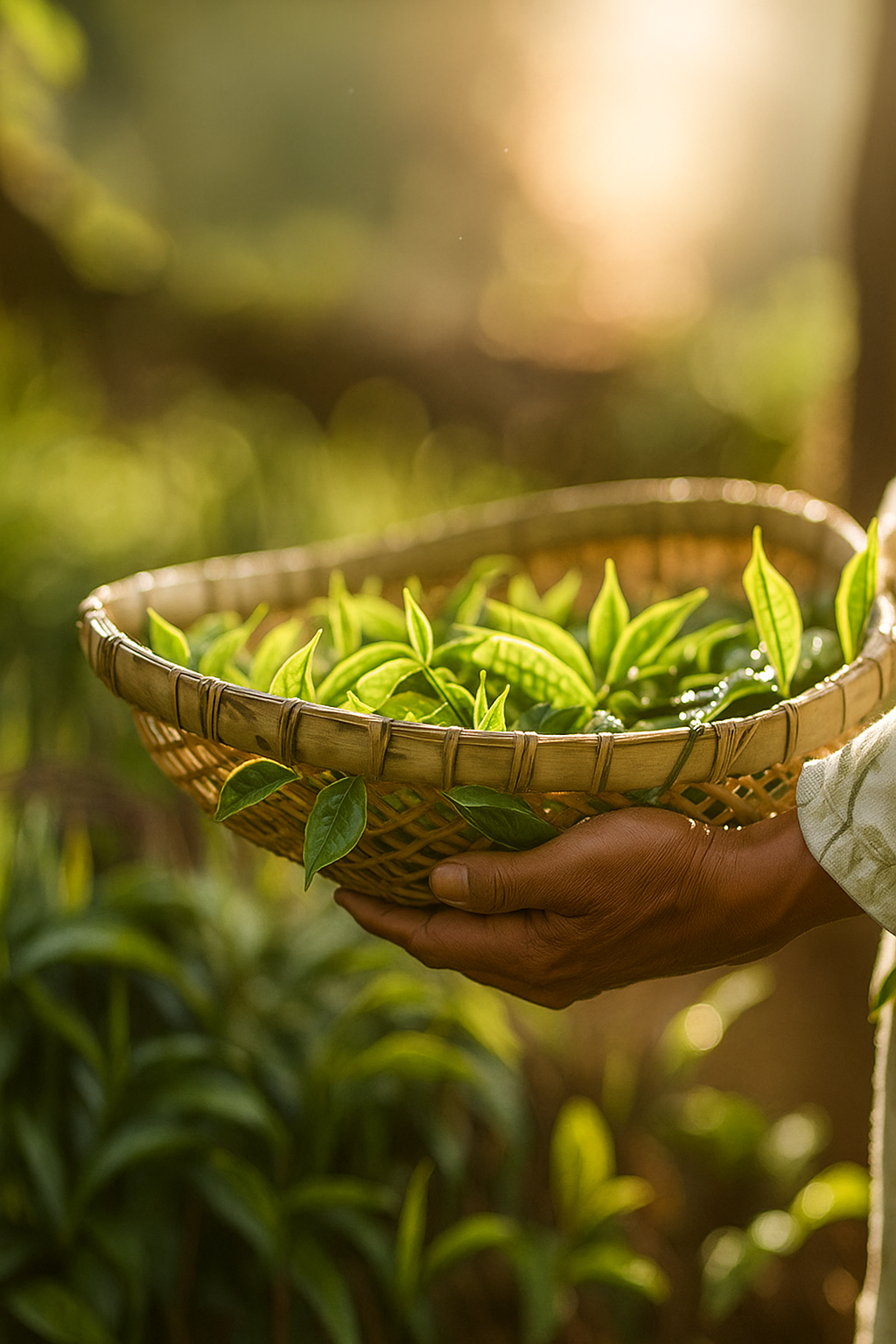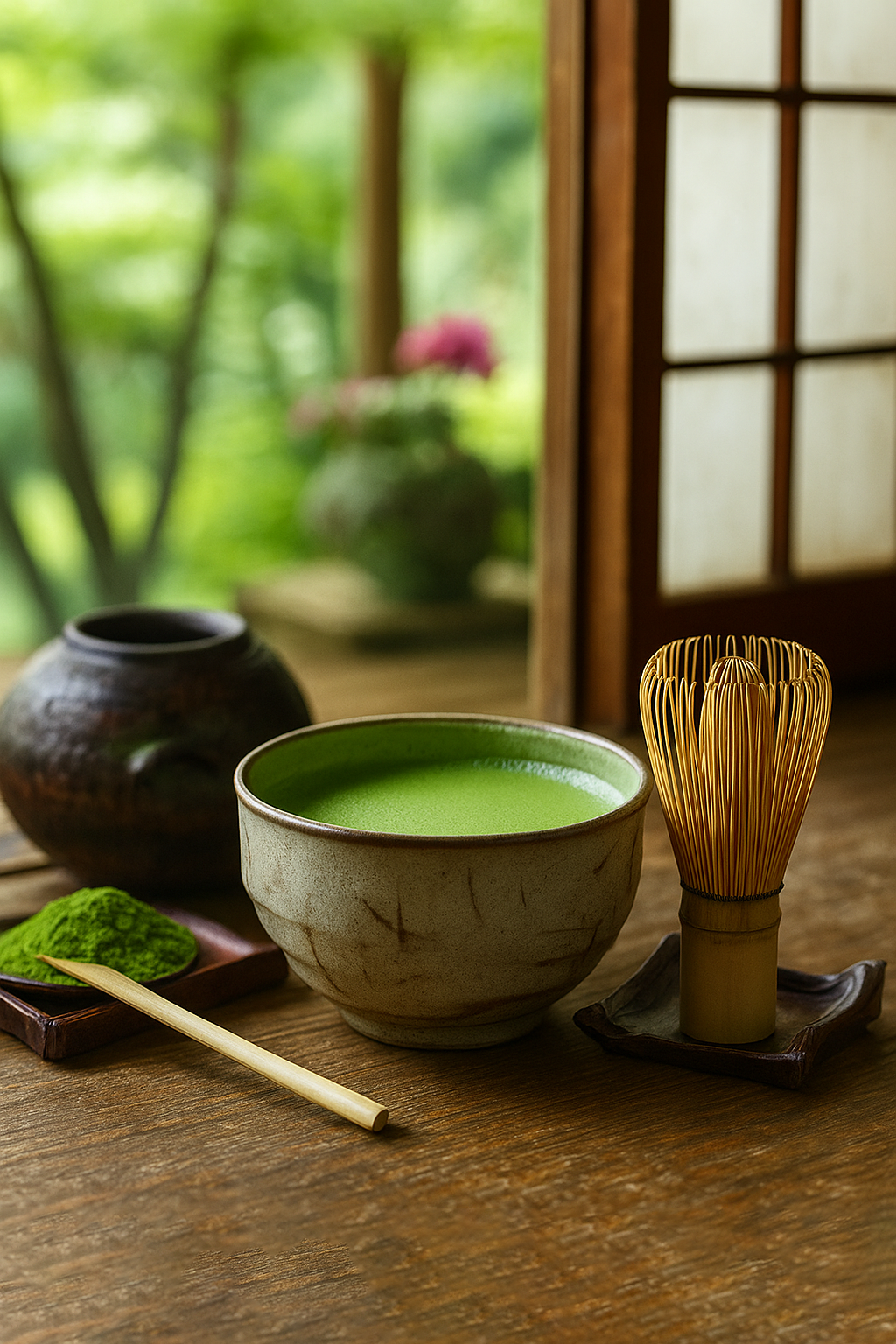Article: Is Matcha The Same As Green Tea?

Is Matcha The Same As Green Tea?
A Deep Dive into What Makes Matcha So Unique
If you've ever wondered whether matcha is just another kind of green tea, you're not alone. It’s a question that gets asked often and the short answer is yes, matcha is green tea, but it’s not just any ordinary green tea.
In this post, we’ll explore what makes matcha different, how it’s produced, and why it’s considered the crown jewel of Japanese green tea. Whether you're new to matcha or a seasoned sipper, we’ll share some insider knowledge and fun facts to help deepen your appreciation.
So, What Exactly Is Matcha?
Matcha is a powdered form of green tea made from a specific type of tea leaf called tencha. While it comes from the same plant as all other true teas, matcha undergoes a special cultivation and production process that sets it apart.
Matcha vs. Regular Green Tea: Key Differences
| Factor | Matcha | Regular Green Tea |
|---|---|---|
| Form | Finely stone-ground powder | Loose leaf or tea bag |
| Preparation | Whisked into water | Steeped and discarded |
| Consumption | You drink the entire leaf | You drink the extract only |
| Flavor | Rich, umami, vegetal | Light, grassy, astringent |
| Caffeine | Higher (calm alertness) | Lower |
From Farm to Cup: The Traditional Process
Unlike most green teas, matcha is steam-processed immediately after harvest to lock in color and prevent oxidation.
Here’s a simplified version of the matcha journey:
-
Shade-grown for 3-4 weeks
-
Hand-picked (only the youngest, most tender leaves)
-
Steamed to halt oxidation
-
Dried and de-stemmed (becoming tencha)
-
Stone-ground into fine powder using traditional granite wheel.
*Only about 30g per hour is produced when stone grinding/milling matcha.
Fun Facts About Matcha
-
Color doesn’t lie: High-quality matcha has a vibrant jade hue. A dull, yellowish tone often means it’s old or low grade.
-
Origin matters: The best matcha comes from specific regions in Japan like Uji, Nishio, and Shizuoka.
-
Ceremonial vs. Culinary: Ceremonial matcha is meant for sipping; culinary matcha is more bitter and suited for baking and smoothies.
-
Calm alertness: Thanks to a chemical called L-theanine, matcha provides much of the same benefits as coffee without the jittery crash.
Why Matcha Tastes Different
Matcha has a signature umami taste. This is a flavor is typically described as creamy, earthy, and vegetal with a sweet aftertaste.
*Pro Tip: If your matcha tastes overly bitter or gritty, it’s likely low-grade or improperly stored.
Matcha Is Green Tea — But Elevated
Think of matcha as the espresso of green tea. It’s intense, nutrient-dense, and rooted in centuries of Japanese tradition. But unlike regular green tea, which you sip passively, matcha asks you to slow down, whisk, and savor.
Whether you’re looking for a morning ritual, a creative twist in your recipes, or a mindfulness practice in a cup, matcha delivers more than just caffeine. It delivers an experience.
Final Thoughts
To circle back: yes, matcha is green tea, but it’s so much more than that. It’s a full-leaf experience, a cultural cornerstone, and a wellness ally.
At Nippon Matcha, we source only the highest-grade ceremonial matcha from small Japanese farms that honor tradition. Every tin is packed with intention, flavor, and the quiet strength of centuries-old tea mastery.

